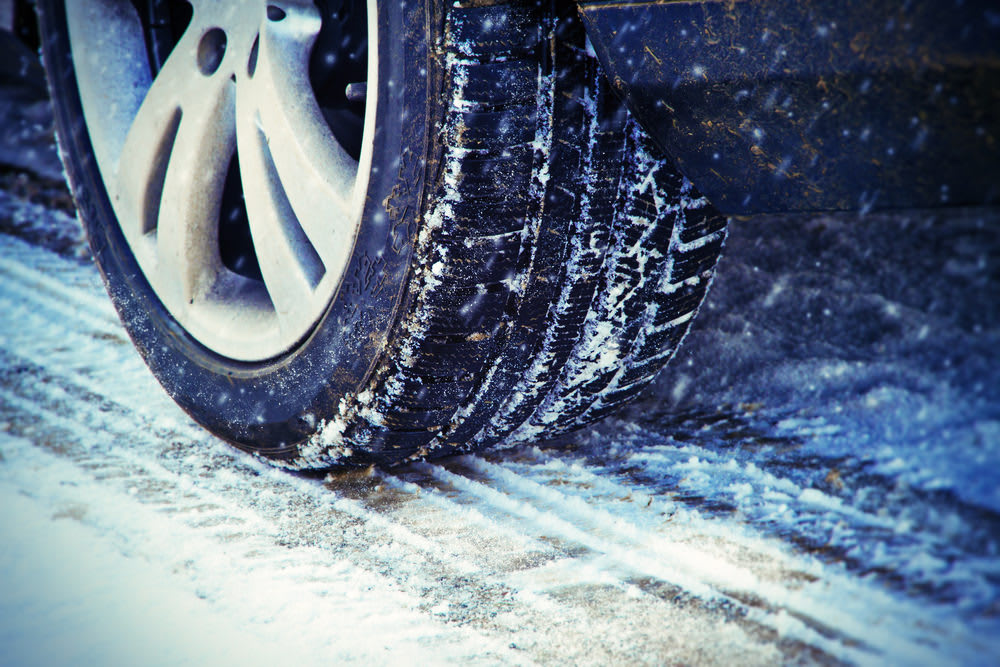

It’s raining as you drive on a darkened highway late at night, but you never worry about safety – your car has traction control. While you know the term, you may not understand what it really means or how it works.
When traction control was introduced in its early stages, it was much different than today's complex computer-operated systems. Vehicles on the road today utilize multiple electrical solenoids and sensors to monitor wheel speed, transmission output, and other variables that control application of engine power to individual wheels and suspension systems. The goal is to reduce the potential of tire spin and increase poor weather driving stability to reduce the likelihood of sliding or spinning in your car. While the aim of any traction control system is the same, each automotive manufacturer today has a unique approach to designing this feature to suit their vehicles' performance.
Let's explore a few of the common tractions control systems and how they work to keep your vehicle stable.
How Traction Control Operates
Traction control has been around for many years and is seen in most vehicles on the road today. An early version of the system found on rear-wheel drive vehicles is called a limited-slip rear differential. This mechanical device works to allocate power to whichever rear wheel has more traction in a given situation, reducing wheelspin. Limited-slip differentials are still used in performance-oriented cars today.
Modern vehicles feature electronic traction control, which relied on the use of sensors embedded into the ABS system. These wheel speed sensors monitor the speed of the wheels and determine if one or more have lost traction. If the sensors recognize that one wheel is turning faster than any of the others, it momentarily reduces power to that wheel.
Some systems use the brake connected to the slipping wheel to slow it down. This is generally enough to slow the vehicle down and allow the driver to regain control. Other systems take the process one step further by reducing the engine power sent to the slipping wheel. This is typically controlled by a combination of sensors, including wheel sensors, transmission speed sensors, and even differential and gear sensors for rear wheel vehicles. You often feel the gas pedal pulsating or hear unusual engine sounds when traction control engages.
Traction Control as Part of the ABS System
Traction control works with the ABS system, but serves a different purpose. While the ABS system kicks in when you’re trying to stop your vehicle, traction control engages when you try to accelerate. Imagine you’ve stopped at a stop sign on a wet or snowy road. It’s your turn to go and you push down on the gas pedal. Your tires start to spin because they don’t have enough traction on the slippery pavement. Traction control begins working to slow down the speed of the tires so they get enough grip on the pavement to propel you forward. Your wheels stop spinning and your car begins to move forward. This is traction control in action.
What type of vehicle you own will determine the specific set-up for your traction control system. Although many car owners might be tempted to turn this system off to intentionally spin their tires or try a "drift," it is highly recommended to leave the system engaged at all times. In some instances, when it is disabled, it can cause additional wear and tear of other components and lead to potentially expensive repairs. What's more, drivers who aren't experienced in handling a skidding vehicle risk getting in a crash. The repairs associated with turning off traction control can be very expensive, so be careful when considering the use and deactivation of traction control.



